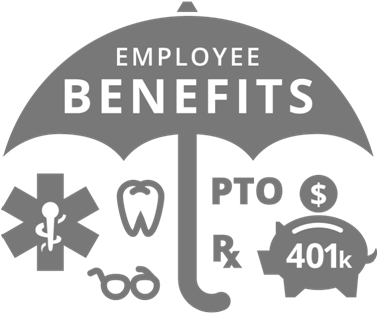This blogpost was originally published in September of 2016. Relevant information has been updated for 2017.
Thanksgiving has come and gone, and the “relatively” quiet period before Christmas is a perfect time to do some last-minute year-end planning, particularly those that have a expiration date of December 31.
Income Tax Mitigation
By this time of the year, you should have a good idea of your total household income for the year, as well as anticipated expenses, such as property tax, insurance dues, and holiday gifts etc.
 Maximize retirement savings by doing a few quick calculations. Then find ways to make a contribution into a retirement-savings vehicle, be it your 401(k) or an individual retirement account (IRA). IRA contributions can be made up to the tax-filing day (April 15) but 401(k) deferrals must go into your plan account by the end of the calendar year for them to count towards 2017. Limits on those are $5,500 ($6,500 for taxpayers 50+) and $18,000 ($24,000 for participants 50+) for IRA and 401(k), respectively.
Maximize retirement savings by doing a few quick calculations. Then find ways to make a contribution into a retirement-savings vehicle, be it your 401(k) or an individual retirement account (IRA). IRA contributions can be made up to the tax-filing day (April 15) but 401(k) deferrals must go into your plan account by the end of the calendar year for them to count towards 2017. Limits on those are $5,500 ($6,500 for taxpayers 50+) and $18,000 ($24,000 for participants 50+) for IRA and 401(k), respectively.
For those on a high-deductible health plan (HDHP), you can contribute into your health savings account (HSA) and enjoy an income deduction. The limit is $3,400 for single taxpayers and $6,750 for families. Distributions used on qualified medical expenses are absolutely tax free.
Flexible spending account (FSA) owners need to take a look at their account balances now. Unused funds after end of the year will be forfeited. If that is the case, you may want to change next year’s contribution amount. For ideas on how to spend down your FSA, read 42 Ways to Spend FSA Cash Before the Year-End Deadline.
Charitable Gifts
 In general, there are two ways to be charitable: giving assets and giving time.
In general, there are two ways to be charitable: giving assets and giving time.
If you decide to give assets, here are some general charitable donation guidelines.
- Under $500 – cash donations are effective for smaller gifts. Some of these don’t get acknowledged by the receiving charitable organizations. Think of those Salvation Army red kettles outside a supermarket during the holiday season. Be sure to keep the receipts and a list of used items donated to Goodwill for tax purposes.
- $500 and above – we won’t stop you from giving cash if that is what you want to do. Some charities are set up to only accept cash or checks anyway. But if your favorite ones can accept securities such as stocks, you should take a look at your investment portfolio and see what makes more sense–cash or stocks–to give up. Giving an appreciated stock is very tax effective because you avoid realizing capital gains and paying tax on them while doing good!

Unique to IRA owners who are over 70½, the $100,000 tax-free qualified charitable donations (QCDs) can reduce your required minimum distribution (RMD) amount while lowering taxable income dollar for dollar up to the limit. Many of our clients have taken advantage of this! But make sure that you follow the rules in order for the donation not to be recognized as income.
Personal Gifts

The stock market has hit new highs in recent weeks. It’s inevitable that you will find investments in your portfolio that have gone up (a lot) since purchased. Besides donating them to charities, you can also gift them to family members, particularly those with little or no income. Tax on long-term capital gains is omitted (0%) for those in the 10% and 15% federal brackets. (Note: short-term gains are taxed as ordinary income and it’s a bad idea to gift assets with losses.) Gifts under $14,000 do not have to be reported to the IRS and gift recipients never have gift tax either.
Workplace Benefits
It is also an excellent time to re-evaluate your employment benefits and make adjustments if necessary according to your situation. A few of the common ones include:
- Group health plans – open enrollment is usually around November and December. If you have big plans in mind for the upcoming year, it’s wise to align the benefits available to your needs.

- Group life insurance – is generally cheaper than individual policies and doesn’t require a medical exam.
- ESPP, or Employee Stock Purchase Plan – allows employees who work for a publicly-traded company to buy the company stock at a discount (typically 15%).
- Discounts – it pays to read through your employee benefits packet for discounts that can help improve your finances!




